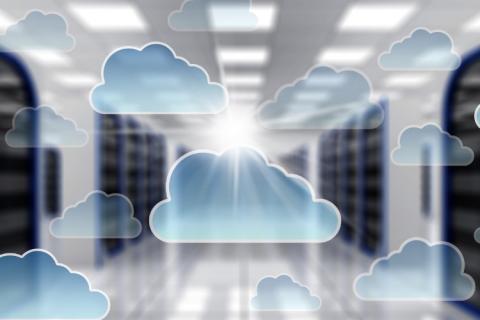What Cloud Migration Means for Your Security Posture
It shouldn’t come as a surprise to anyone reading this article that there has been a major shift towards businesses hosting their critical applications in the cloud. Software-as-a-Service (SaaS), as well as cloud-based servers from Amazon or Microsoft, have changed the way we build networked business systems for any size organization.









